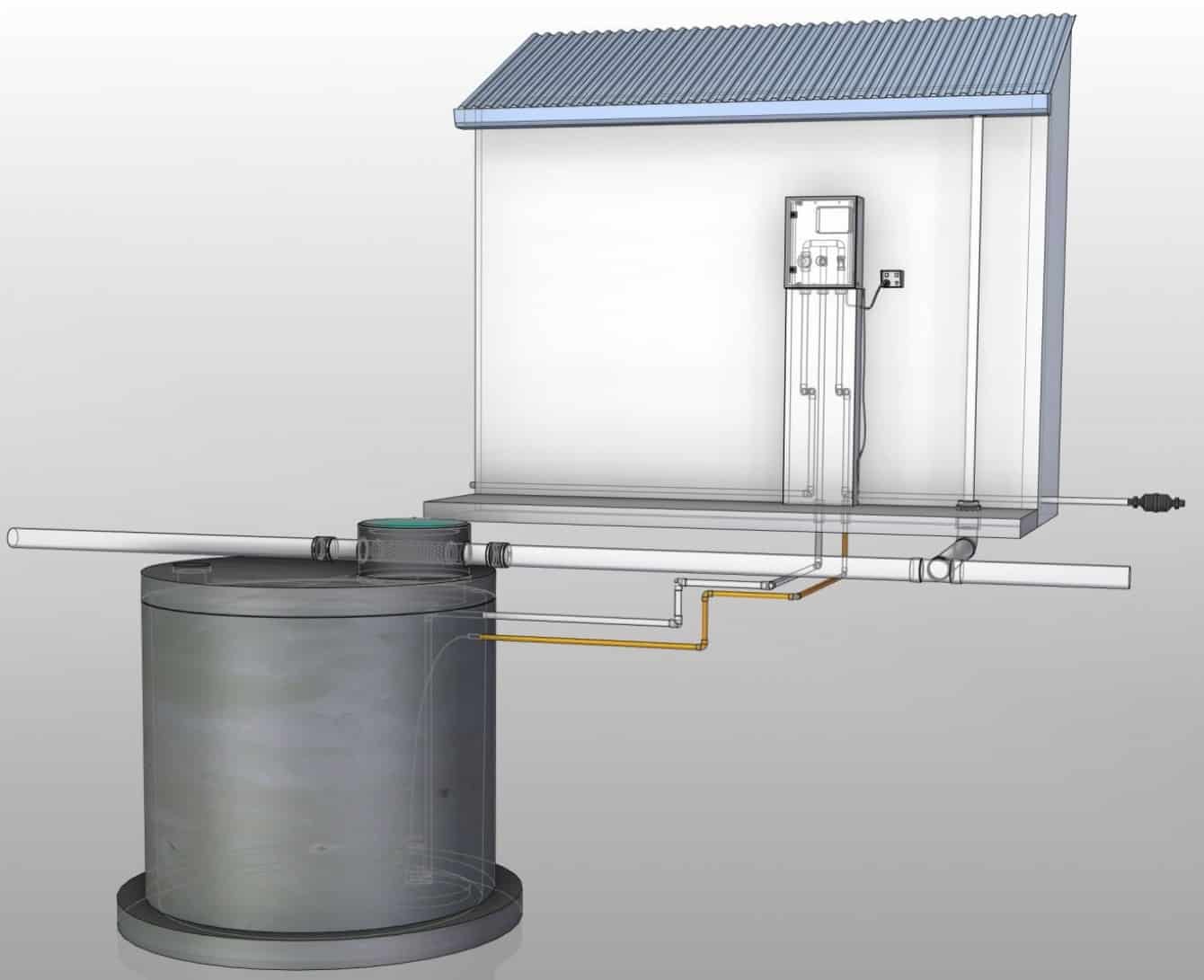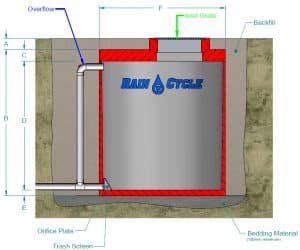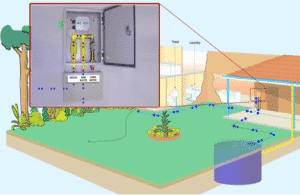In order that people and the environment can reap the benefits of water conservation, rainwater tanks should be installed on properties, where there are water restrictions, or are often faced with droughts. Rainwater tanks have a role to play in preserving valuable water and shouldn’t be discarded or treated irresponsibly.
In Australia, people obviously need water for their daily essential purposes, such as drinking and cleaning – but there are times of water restrictions that only a certain amount of water is available. Rainwater harvesting can make sure that you have water, to meet your needs and rainwater tanks are an extremely important part of this of this role.
For that reason, it’s a good idea to install a rainwater harvesting system on your property. When rain falls, your roof becomes the water catchment area. Rainwater is funneled into the pipes that connect the water tank to the gutters. So, water is transported to the concrete rainwater tanks via pipes.
The captured rainwater is held at the tank to be used around the house, for cooking, gardening, and washing. Water is a precious resource that most Australian residents will consider having rainwater tanks in their homes. If you interested in rainwater tanks, you can get in touch with Rain Cycle.
Rain Cycle is the foremost builder and supplier of rainwater water tanks around Australia. Our products are high quality and constructed from concrete, which is the best material for a water tank. These tanks give you a complete water storage solution. We have smaller tanks if your property lies in a limited space and we also have large size tanks for spacious properties.
Our rainwater tanks are available in different capacities that range from 4,000 to 21,000 litres.
We can produce higher than these capacities, by interconnecting the tanks, as you require. For BASIX (Building Sustainability Index), which ensures that your home is designed to be energy and water efficient, the 5,000-litre capacity is commonly used.
When you need to choose the most suitable rainwater tank, there are a few factors that need to be taken into consideration:

- what type of tank material is best for you – steel, concrete, or poly; above or underground, etc.
- the space, where the tank will be placed.
- type and size of catchment area on the roof
- the budget for installation and maintenance
Your home can benefit from installing a rainwater tank that can sustain your needs, over a long period amount of time and during times when rain is scarce, and water restrictions take into effect. Depending on your property, you can decide to place the tank on the ground or under underground. Round concrete tanks buried under ground are your most cost-effective choice.
If you need further information about our concrete water tanks or want to contact us for a fast quote, please call us at 1800 006 176 or visit us at www.raincycle.com.au.
We cover all Sydney suburbs, as well as the regions of Laguna, North and Mid North Coast, Southern Highlands, Bateman’s Bay, Nowra, South Coast, Mallacoota, Narooma, Balmoral, Riverina, Cobargo, Avondale, Glenmore, Glenn Ines, Mogo, Torrumbarry, Albury, Faulconbridge, Targao, Sherbrooke, Stratdickie, Maraylya, Little Hartley, Linden, Cattail, Blue Mountains and Hawkesbury, Bowen Mountains, Snowy Mountains, Murwillumbah, Kyogle, Bryon Bay, Lismore, Evan Heads. Yamba, Grafton, and the surrounding areas.





